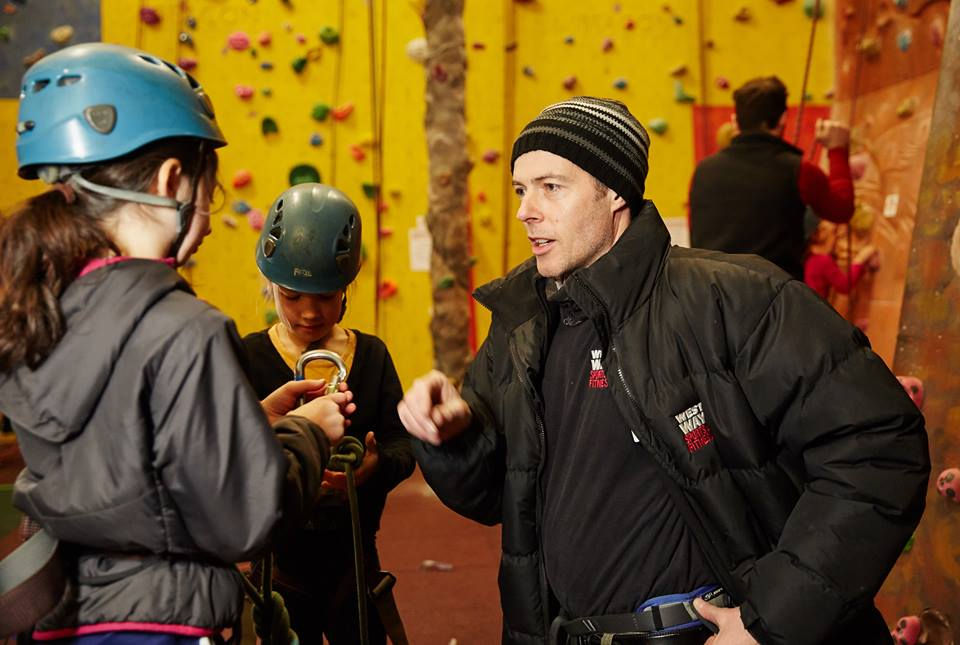Coaching as a Business Strategy - Maximising ROI in Indoor Climbing Centres
- Jez Tapping

- Jun 3
- 2 min read

Coaching: The Financial Backbone of a Thriving Climbing Centre
For many climbing wall owner-operators, coaching is often seen as an operational necessity rather than a strategic asset. However, when optimised correctly, coaching should be one of the most profitable and sustainable revenue streams for your facility.
In roped and mixed-use centres, coaching should contribute 40-50% of climbing-specific income. Even in bouldering-focused facilities, structured coaching programmes can generate 20-30% of revenue - especially with the rise of the Bouldering Wall Instructor (BWI) qualification from Mountain Training.
Coaching isn’t just about teaching climbing; it’s about:
✅ Customer retention - structured progression keeps climbers engaged.
✅ Off-peak utilisation - coaching makes quiet hours profitable.
✅ Long-term business stability - a well-strategised programme generates consistent revenue.
NICAS & Junior Programmes: The Cornerstone of Growth
Structured junior programmes - especially those integrating NICAS - are a goldmine for retention and long-term revenue. However as many articles highlight to optimise junior climbing, simply running a NICAS programme isn’t enough. Without a clear product strategy, climbing centres risk plateauing or losing engagement as young climbers progress.
Walls that excel in junior coaching treat it as a core business function, not just an operational necessity. This means:
🔹 Strategic programme design - Every level of junior coaching should lead to a clear next step.
🔹 Integration into the wider business - Junior programmes should feed into squads, private coaching, and casual memberships.
🔹 Long-term retention planning - NICAS is just the start; high-performing centres ensure continued engagement beyond the syllabus.

Creating a Profitable Coaching Strategy
Every centre has different costs associated with coaching - onboarding, CPD, admin, and facility use etc. The secret to profitable coaching is balancing business acumen with human skills.
1. Build a Coaching Model That Feeds Itself
• Every coaching session should lead to another product - whether that’s squads, private coaching, or memberships.
• Without a structured customer journey, walls risk losing engaged climbers from their regular usage pattern.
2. Maximise Off-Peak Utilisation
• Coaching should drive bookings outside peak times - weekday mornings, early afternoons, and term-time slots.
• Parents, freelancers, and active retirees are untapped markets for structured coaching.
3. Turn Coaching into Full-Time Roles
• The industry standard of part-time evening/weekend roles isn’t sustainable.
• Full-time coaching positions help build stronger teams, improve staff retention, and reduce turnover.
4. Apply Strategic Frameworks to Coaching Products
The importance of SWOT, PESTLE, and RACES analyses in creating scalable and sustainable junior coaching programmes is paramount. These frameworks ensure that coaching strategies are:
✅ Aligned with business goals
✅ Sustainable and scalable
✅ Designed to mitigate risks and leverage opportunities
Coaching Is a Profit Centre, Not a Cost Centre
Many walls underestimate the financial potential of a well-run coaching programme. When structured correctly, coaching isn’t just an extra service - it’s a core revenue stream that stabilises the business.
If you want to optimise your coaching model and turn it into a sustainable growth engine, let’s talk. Together, we can build a high-performing coaching strategy that delivers real business impact.





Comments